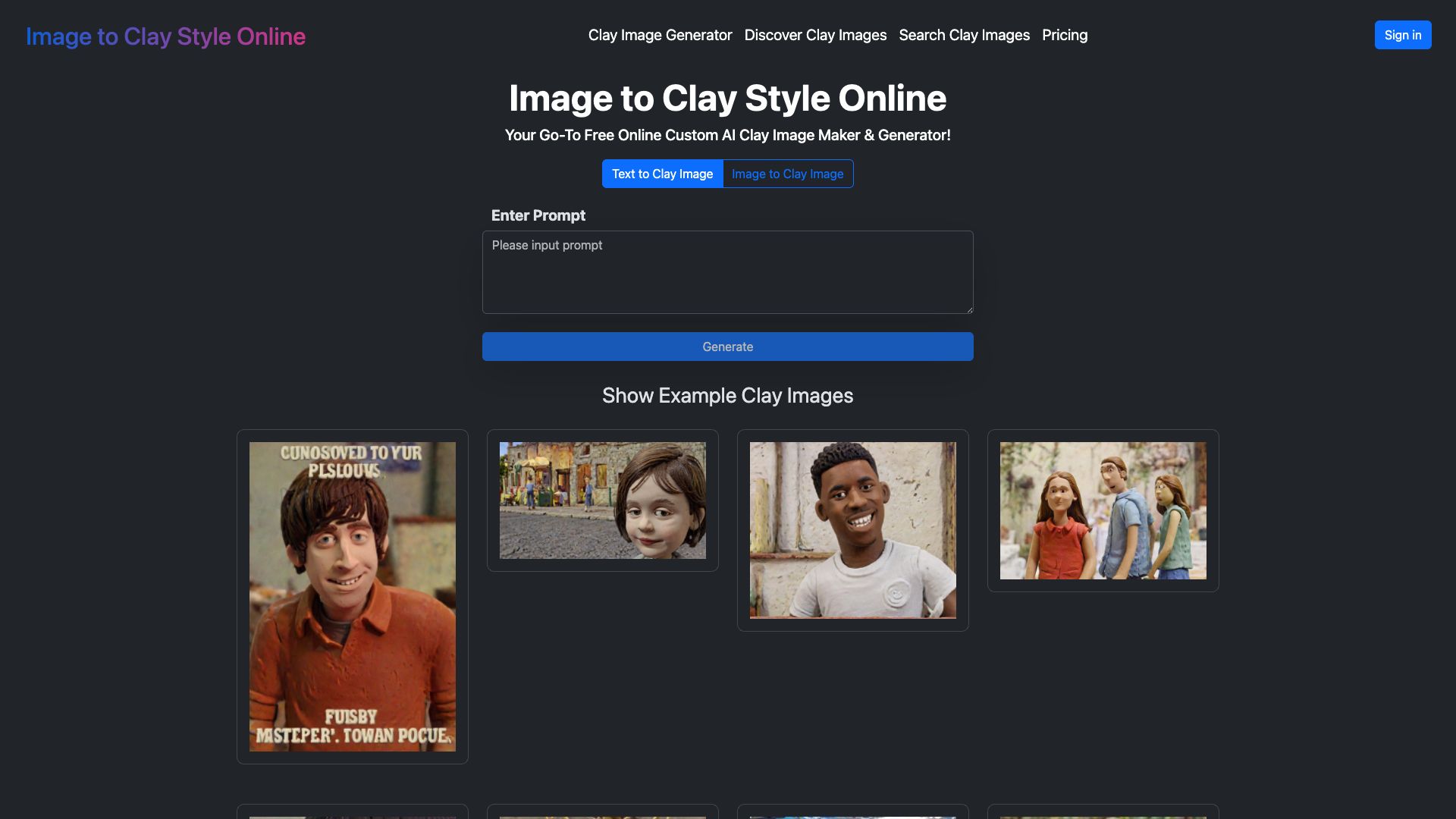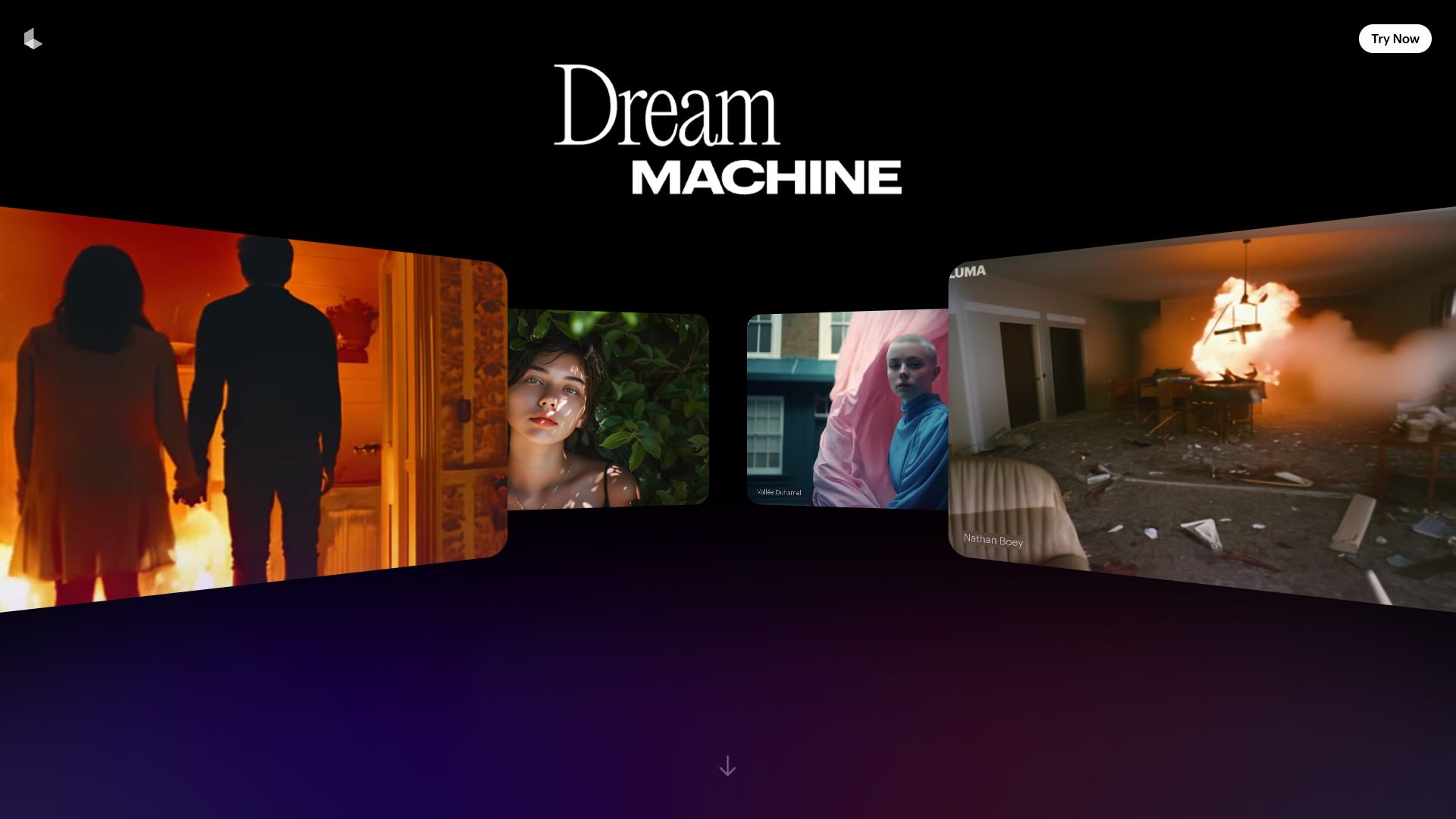Awesome AI 3D Model Generator Tools in 2024
Discover the awesome 4 AI tools for 2024 By Candytools
Turn yourself into comical clay character with our online clay filter. Photo to clay style filter. Share your funny clay photo on social media. Start now!
Inspire and be inspired with dazzling AI artwork created by GAIA artist community. From anime art, pixel art to digital art and realistic vision, get your ideas from our diverse art gallery now.
Rendr transforms your text descriptions into stunning 3D models. Our intuitive platform leverages advanced AI to bring your ideas to life in three dimensions.
Luma AI's Dream Machine empowers you to bring your imagination to life. Generate high-quality, customizable 3D models with ease using the power of text-to-3D AI.
More AI Tools Categories
What is AI 3D Model Generator?
An AI 3D Model Generator is a powerful tool that leverages artificial intelligence to create three-dimensional models. Instead of manually sculpting or designing these models, AI algorithms learn from existing datasets of 3D objects and generate new models based on the provided input.
Here's a breakdown of how it works:
1. Input:
- Text Prompts: Similar to text-to-image generation, you can provide text descriptions of the desired 3D model. For example, "a futuristic sports car with glowing wheels" or "a cozy cabin in a snowy forest".
- Images: You can provide reference images as input. The AI can then generate a 3D model that resembles the visual style and characteristics of the provided images.
- Basic Shapes: Some tools allow you to start with basic 3D shapes (cubes, spheres, etc.) and then use AI to modify and refine them into more complex forms.
2. AI Algorithms:
- Generative Adversarial Networks (GANs): GANs are commonly used in 3D model generation. They consist of two neural networks: a generator that creates models and a discriminator that evaluates their realism. The two networks compete, improving the quality of the generated models over time.
- Diffusion Models: These models are becoming increasingly popular for their ability to generate high-quality and diverse 3D models.
3. 3D Model Output:
The AI generates a 3D model based on the input and the learned knowledge from the training dataset. These models can be exported in various formats compatible with common 3D software and game engines.
Applications of AI 3D Model Generators:
- Gaming and Virtual Reality: Quickly creating assets for video games, virtual worlds, and simulations.
- Architecture and Design: Generating 3D models of buildings, furniture, and other design elements, speeding up the design process.
- Film and Animation: Creating detailed characters, props, and environments for animated films and visual effects.
- E-commerce: Generating 3D models of products for online stores, providing customers with interactive and immersive shopping experiences.
Benefits of Using AI 3D Model Generators:
- Speed and Efficiency: Significantly faster than manual modeling, saving time and resources.
- Accessibility: Makes 3D modeling more accessible to individuals without specialized design skills.
- Innovation: Enables the creation of novel and complex 3D models that push the boundaries of design.
Challenges and Limitations:
- Data Dependency: The quality of the generated models depends heavily on the quality and diversity of the training data.
- Control and Precision: Achieving fine-grained control over specific details of the model can still be challenging.
- Computational Resources: Training and running these AI models can require significant computational power.
Future of AI 3D Model Generation:
AI-powered 3D model generation is a rapidly evolving field. As AI models become more sophisticated and accessible, they are poised to revolutionize the way we design and create 3D content, opening up exciting new possibilities in various industries.



